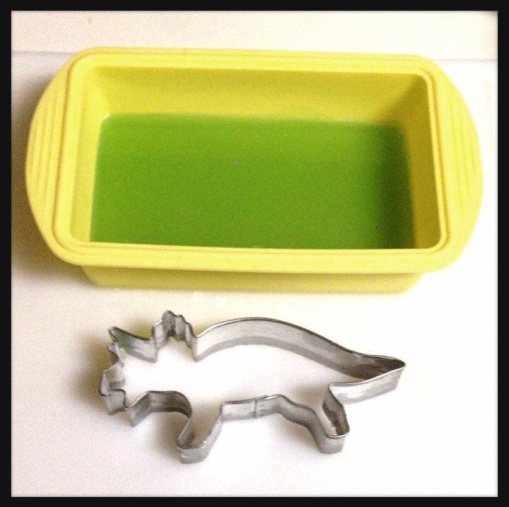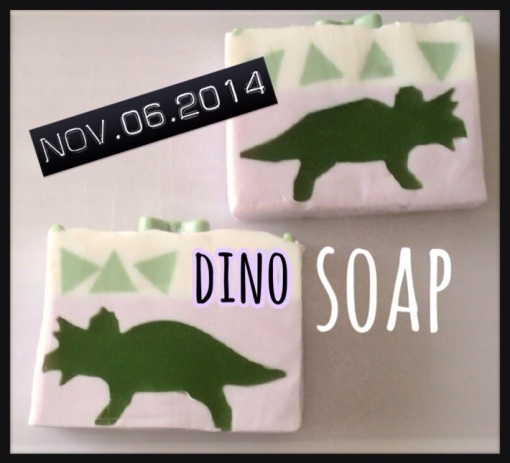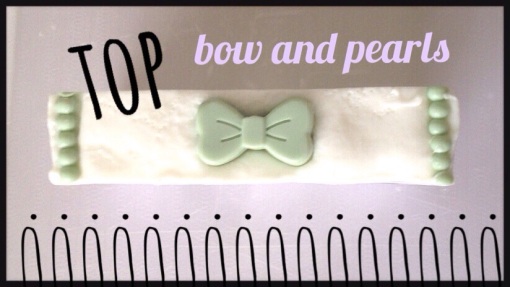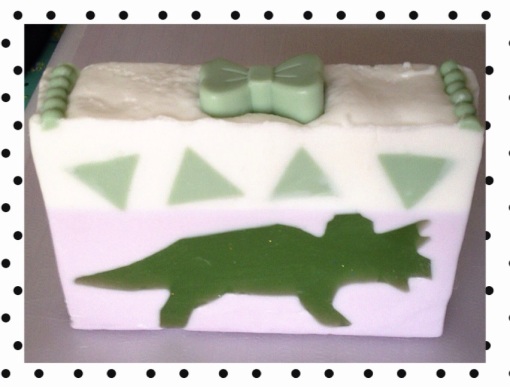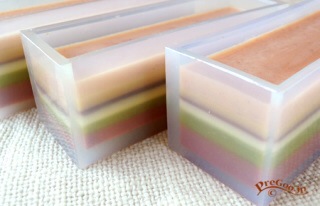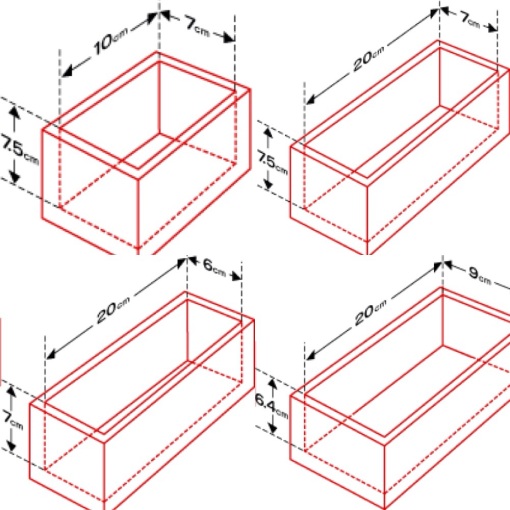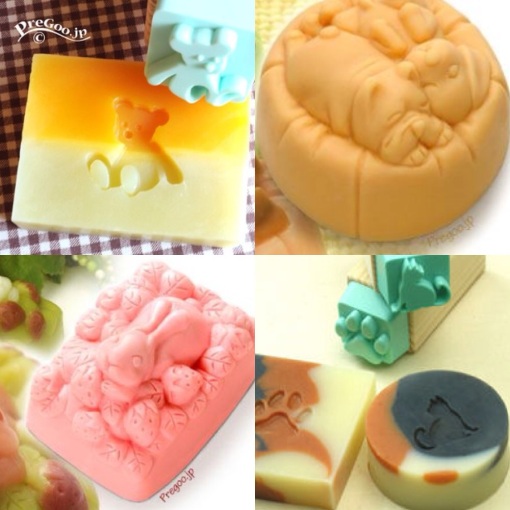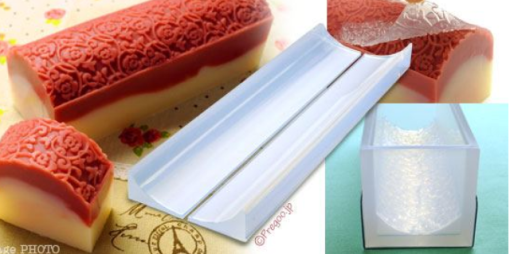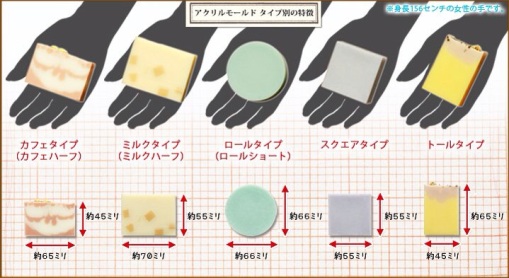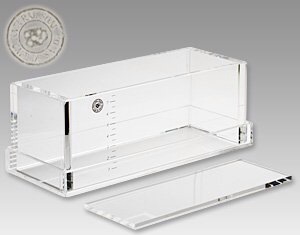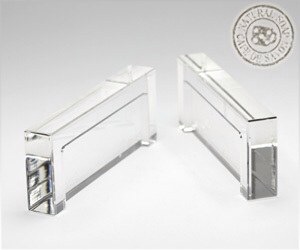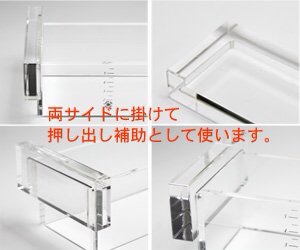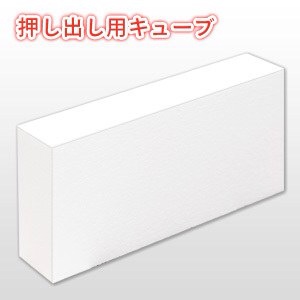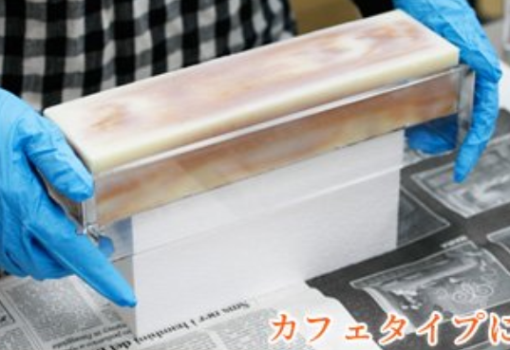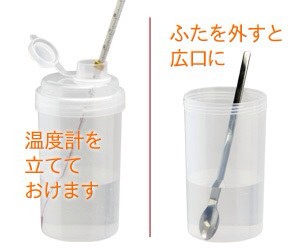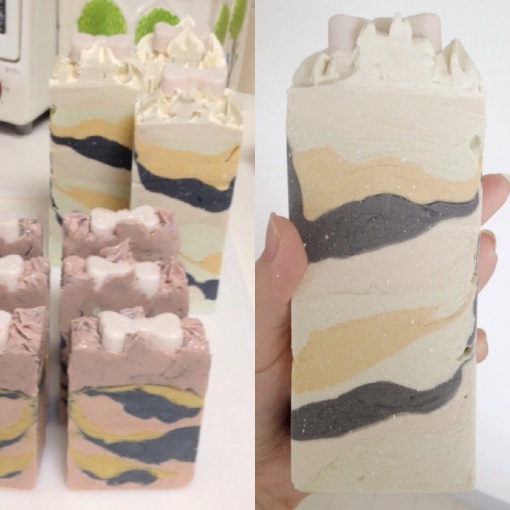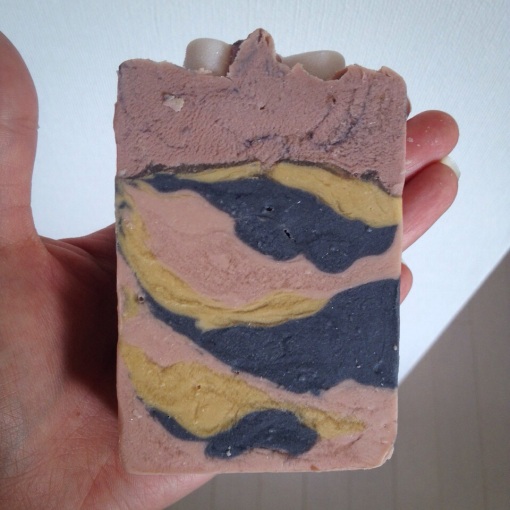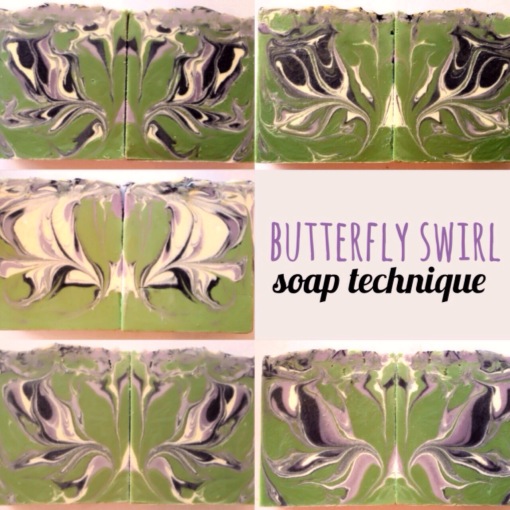
This month’s soap club challenge was a tough one- the butterfly swirl! And with the family being sick, I knew I was going to have one shot at this!
Amy Warden from Great Cakes Soapworks demonstrated this technique for us. She also gave us Zahida’s (Handmade in Florida and master of the butterfly swirl) YouTube links. First, we were to lay our soap in the mold by doing a drop swirl. Then, use a hanger or gear tie to swirl.
PREP
So, here’s what I used-
Colorants: Activated charcoal, purple ultramarine powder, titanium dioxide, green liquid pigment/chromium oxide, gold mica

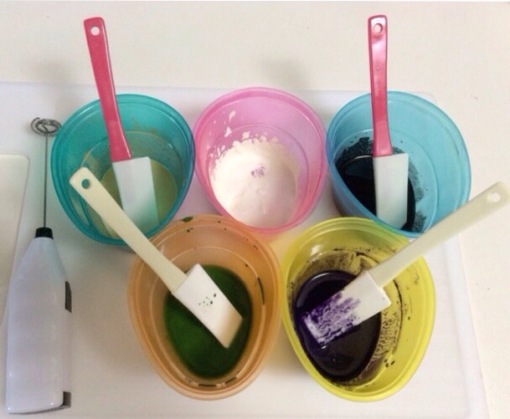
Essential oils: Lavender, lemongrass
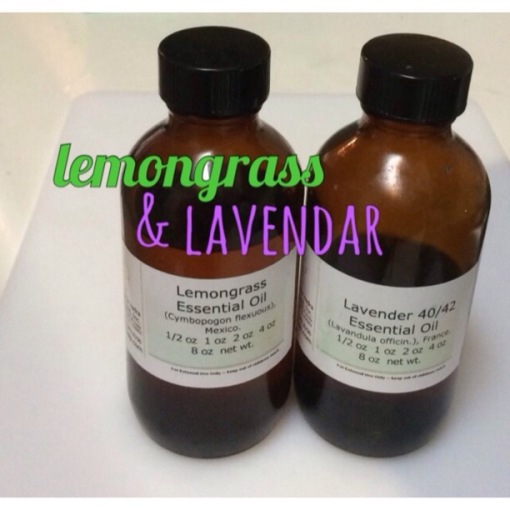
Base oils:

Special tools: Hanger with thick straw that fits the length of your mold
(It was advised that we use something thicker than a hanger”)
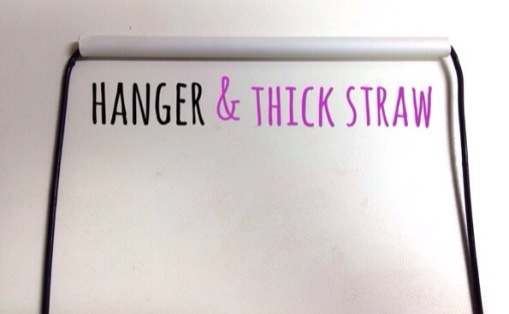

STEPS
1. At medium-thick trace, I drop-swirled the soap into the mold. Actually, at that point, the soap was pretty thick! It was hard to drop-swirl smaller/thinner amounts. I was nervous about that!
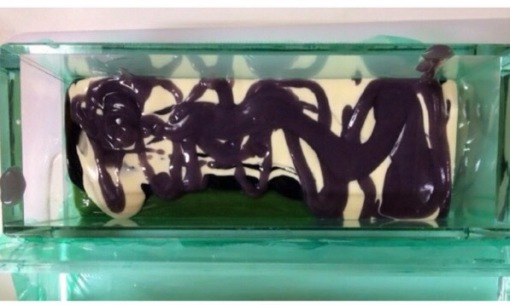
2. Next, I swirled the soap using the hanger tool.
From a side view of the mold, here’s the motion I used:
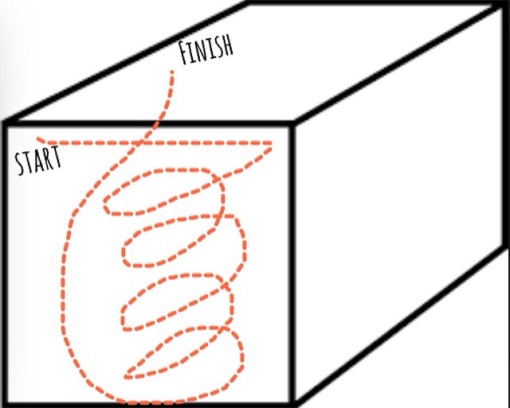
Hmm, maybe the loops were deeper and ran into each other, more like this:
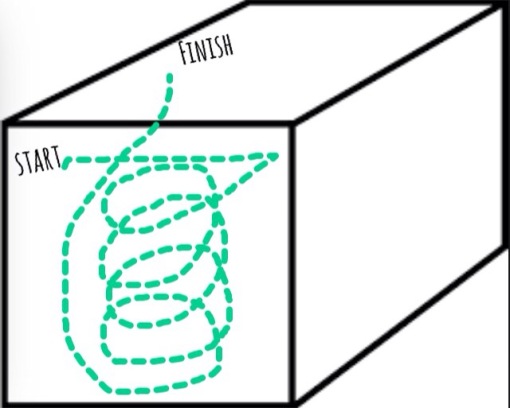
Hope that made sense! And sorry it’s a little scribble-ly! I used my iPhone to draw that hah!
3. Then, I topped it off with a layer of soap including a swirl of gold mica.
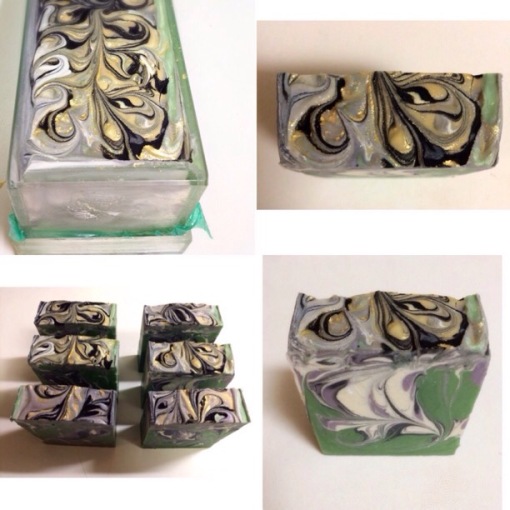
RESULTS
I had a hard time deciding which was the best butterfly to enter into the challenge. I liked little things about each. But, my brother begged me to submit this one (so I did):

Here’s the rest of them:

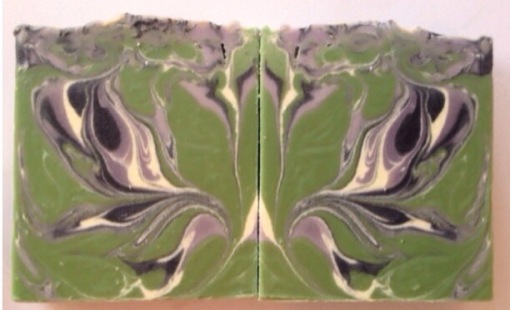



AFTER THOUGHTS
I was really amazed at how different each bar or “butterfly” looked! Also, earlier I mentioned being nervous about the soap batter getting too thick. But, I think I’m realizing now that thick trace is good! Really wish I had more time to give it another go to try new techniques, colors, ideas, and so on. Oh what fun :)!
Thanks for reading! And thanks, Amy, for giving us this forum to learn and share!
❤
Caroline











